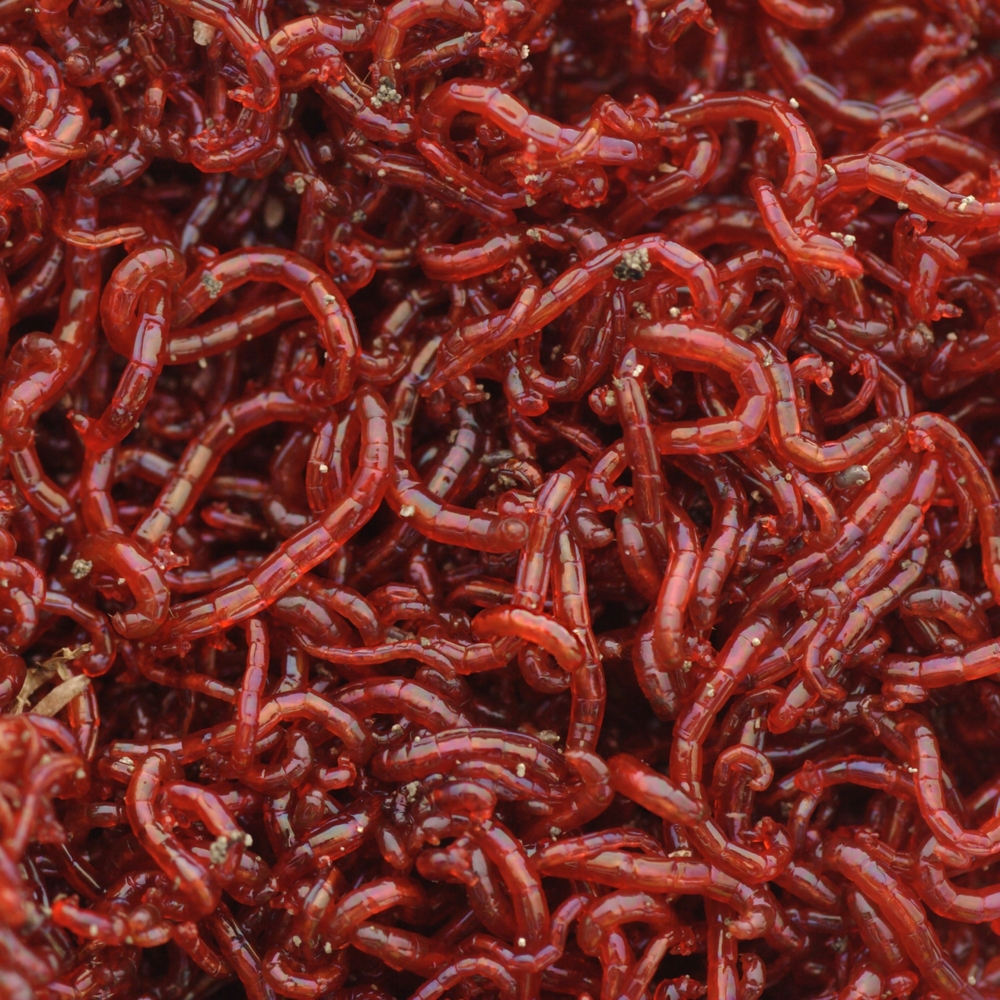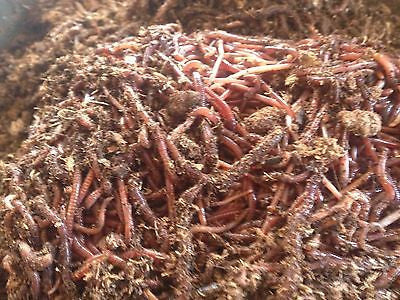Red Wigglers: Your Eco-Friendly Solution for a Greener Garden
Red wigglers, or Eisenia fetida, present a lasting method to enhancing yard health with vermicomposting. These worms not only assist in the breakdown of natural waste but likewise add to enhanced soil structure and fertility. By incorporating red wigglers into your horticulture practices, you can properly manage waste while supporting a vibrant environment (red worms). The benefits prolong past mere composting; understanding the subtleties of their treatment and ideal usage can considerably raise your horticulture initiatives. What important methods can guarantee your vermicomposting system grows while maximizing its influence on your garden's vitality?
(purchase red worms)
What Are Red Wigglers?
Although often incorrect for routine earthworms, red wigglers (Eisenia fetida) are a distinct types known for their performance in composting raw material. These worms flourish in abundant, organic settings, such as compost heaps and vermicomposting systems, where they play a vital role in damaging down waste. Unlike their more typical counterparts, red wigglers like a warmer habitat, normally between 55 ° F and 77 ° F, which optimizes their activity and efficiency.
Red wigglers are identified by their reddish-brown coloration and fractional bodies, which can grow up to 4 inches in size. They possess an one-of-a-kind ability to take in and digest organic products at an outstanding price, refining up to half their body weight daily. This fast disintegration process not just improves the soil however additionally adds to the general wellness of the garden community.
In regards to recreation, red wigglers are prolific, efficient in generating cocoons that contain several eggs. This permits for quick population growth, making them an excellent choice for composting ventures. Their flexibility and voracious appetite for organic waste setting red wigglers as an essential ally for ecologically mindful garden enthusiasts looking for lasting techniques.
Benefits of Using Red Wigglers
Using red wigglers in the yard uses countless benefits that enhance both soil quality and plant health and wellness. These earthworms are phenomenal decomposers, damaging down raw material such as kitchen scraps and yard waste into nutrient-rich castings. These castings, commonly described as "worm gold," give important nutrients that enhance soil fertility, promoting lively plant development.
Red wigglers additionally boost dirt framework. Their burrowing task freshens the soil, assisting in much better water infiltration and root penetration. This results in a much healthier origin system, which is crucial for nutrient uptake and overall plant vitality. The existence of red wigglers enhances microbial activity in the dirt, developing a prospering ecosystem that adds to illness resistance and enhanced plant health and wellness.
Another substantial advantage of utilizing red wigglers is their ability to lower waste. By composting organic materials via vermicomposting, garden enthusiasts can draw away waste from landfills while simultaneously enriching their dirt. This green method not just sustains sustainable techniques however also cultivates a much healthier environment. In summary, incorporating red wigglers right into horticulture methods returns considerable benefits, making them a beneficial addition to any kind of eco-conscious garden.
(red worms for composting)
How to Beginning Vermicomposting
To start vermicomposting, it's vital to develop an appropriate atmosphere for red wigglers to flourish, as their success directly influences the performance of the moved here composting process. Beginning by choosing a container, such as a plastic or wooden container, with sufficient drainage and ventilation. A size of around 2 square feet is perfect for a household, enabling a manageable worm population.
Next, prepare bedding material that is wet yet not excessively wet. Shredded paper, cardboard, and coconut coir are outstanding choices, giving a comfortable habitat while additionally serving as a carbon resource. Fill up the bin with 4 to 6 inches of bed linen.
After establishing the bed linens, introduce your red wigglers. A typical beginning population has to do with 1 pound of worms, which can eat roughly half an extra pound of food scraps daily. It is important to include food scraps slowly, concentrating on vegetable peelings, fruit waste, and coffee premises, while preventing meat, milk, and oily foods to avoid smells.
Preserving a Healthy And Balanced Worm Bin
Once your red wigglers are worked out right into their brand-new bedding, maintaining a healthy and balanced worm container becomes critical to make sure optimum composting problems. Preferably, the worm bin ought to be kept wet yet not soaked; a humidity level around 60-70% is optimal.
Temperature control is similarly vital. Red wigglers prosper in atmospheres between 55 ° F and 77 ° F(13 ° C to 25 ° C) Avoid exposing the bin to severe temperature levels; extreme heat can eliminate the worms, while too much cold can slow their activity.
Oygenation is critical to protect against anaerobic problems, which can cause unpleasant smells and damage the worms. Turn the bedding delicately every couple of weeks to promote airflow and disperse food uniformly.
Feeding your red wigglers is another critical facet. Offer a balanced diet regimen of kitchen scraps, staying clear of citrus and spicy foods, which can be harmful to their health. By regularly keeping track of these factors, you can make sure a successful community within your worm container.

Tips for Using Worm Spreadings
Regularly integrating worm spreadings into your yard can considerably boost soil health and wellness and plant development. To efficiently make use of worm castings, begin by figuring out the appropriate application rate, which commonly ranges from 10-20% of the overall dirt quantity. This ensures ideal nutrient schedule without overwhelming your plants.
When applying worm castings, blend them right into the leading few inches of soil around well established plants or include them right into your seed-starting mix for brand-new seedlings. Furthermore, think about developing a worm tea by soaking worm castings in water for 24-48 hours.

Conclusion
The utilization of red wigglers in horticulture techniques provides a lasting approach to lose monitoring and soil enrichment. The combination of red wigglers right into gardening routines inevitably sustains both ecological balance and farming performance. red worms.